
cd_nom
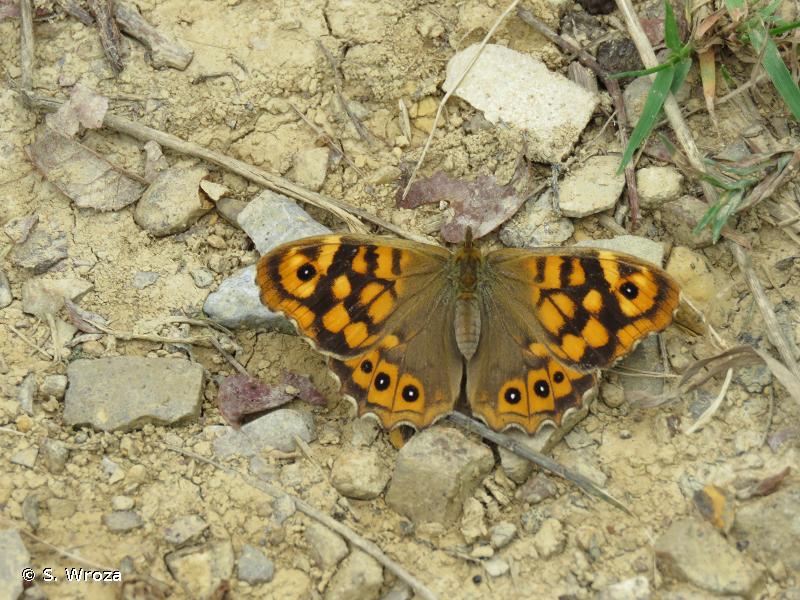
| Author : S. Wroza |
 |
Despite the Creative Commons license, please inform the author of the use which will be made of his photo
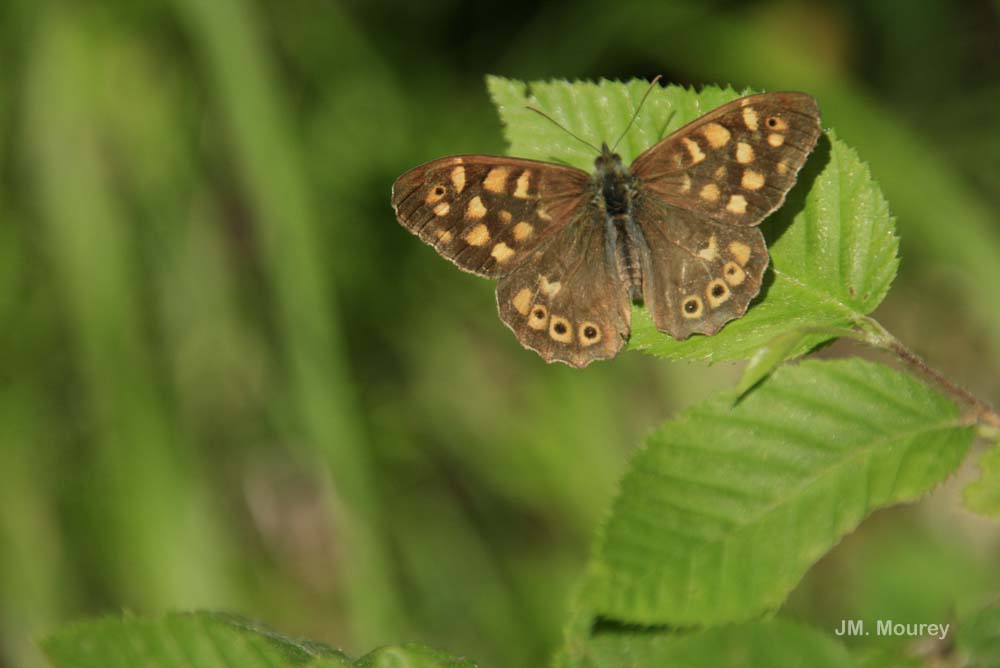
| Author : J.M. Mourey |
 |
To get the picture, please visit:
Jean-Michel Mourey
OFFICE NATIONAL DES FORETS - Direction de l'Environnement et des Risques Naturels
2 avenue de Saint-Mandé
75012 Paris
e-mail : jean-michel.mourey@onf.fr
Any reuse of one or more photographs on this site is subject to an authorization request from the author.
Link to the Code of Intellectual Property (Legifrance)
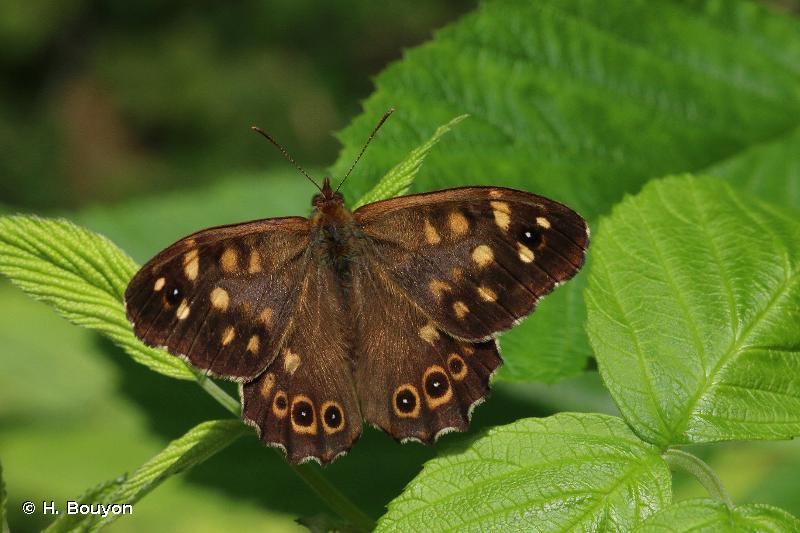
| Author : H. Bouyon |
 |
To get the picture, please visit:
Hervé BOUYON
email : herve.bouyon@wanadoo.fr
Any reuse of one or more photographs on this site is subject to an authorization request from the author.
Link to the Code of Intellectual Property (Legifrance)
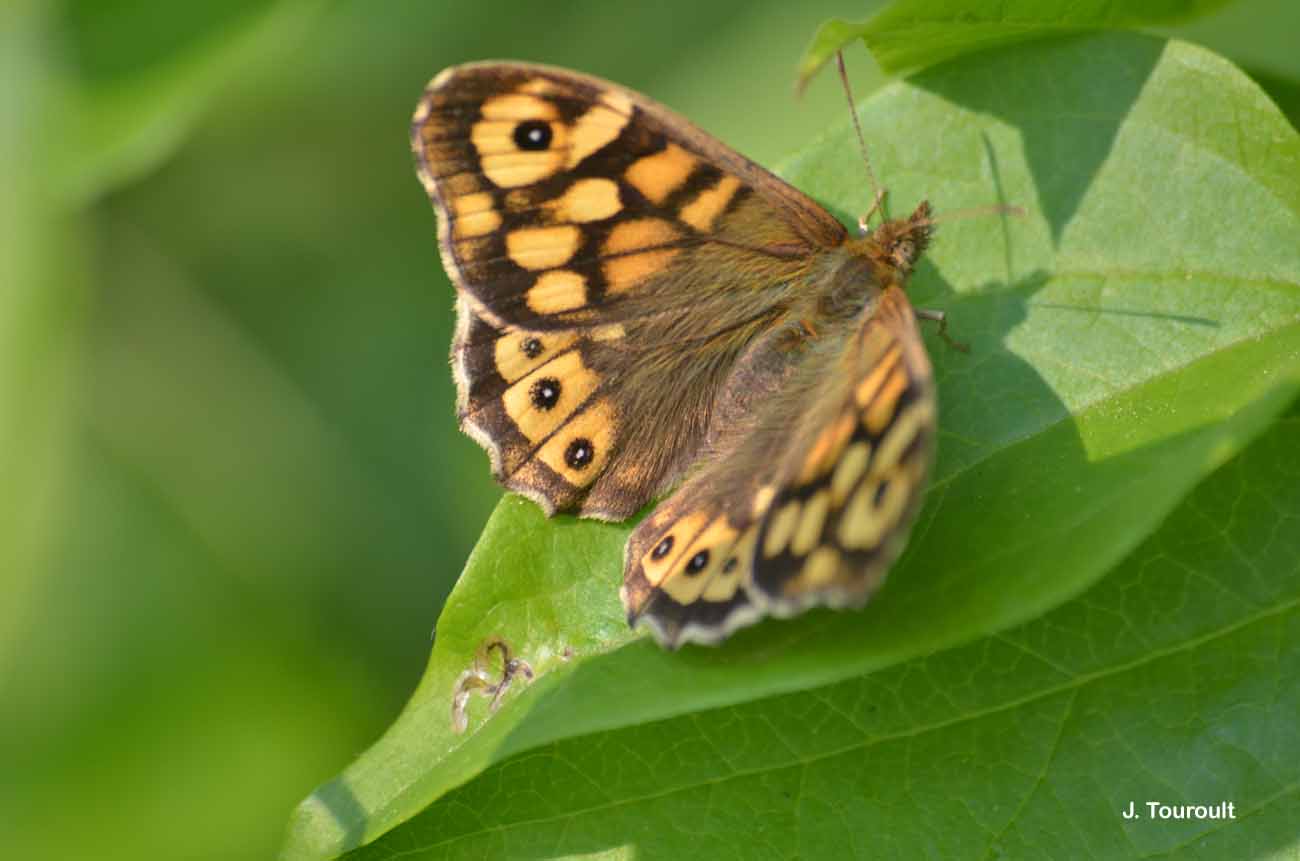
| Author : J. Touroult |
 |
To get the picture, please visit:
Julien TOUROULT
Muséum national d'Histoire naturelle - Service du Patrimoine Naturel
36 rue Geoffroy Saint-Hilaire
CP 41
75 231 PARIS CEDEX 05
e-mail : inpn@mnhn.fr
Legend: Beaumonts
Despite the Creative Commons license, please inform the author of the use which will be made of his photo
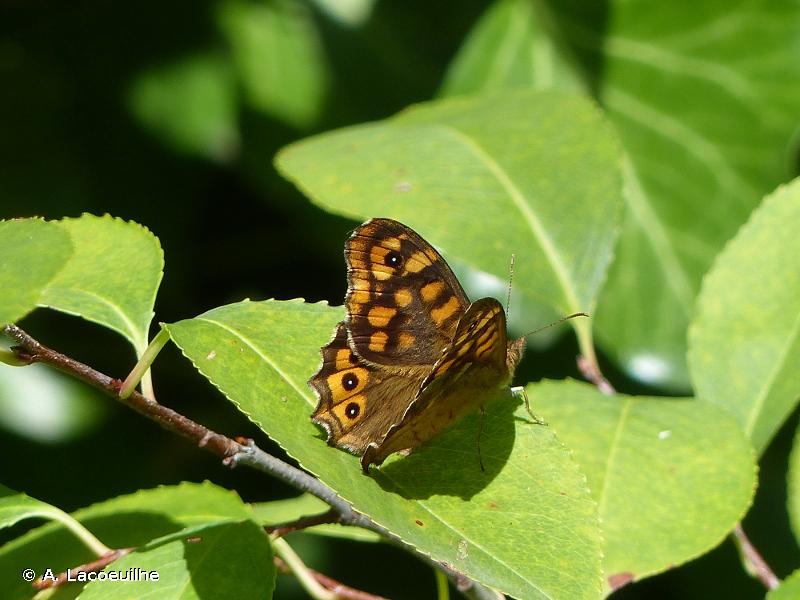
| Author : A. Lacoeuilhe |
 |
To get the picture, please visit:
Aurélie Lacoeuilhe
aurelie.lacoeuilhe@wanadoo.fr
Despite the Creative Commons license, please inform the author of the use which will be made of his photo
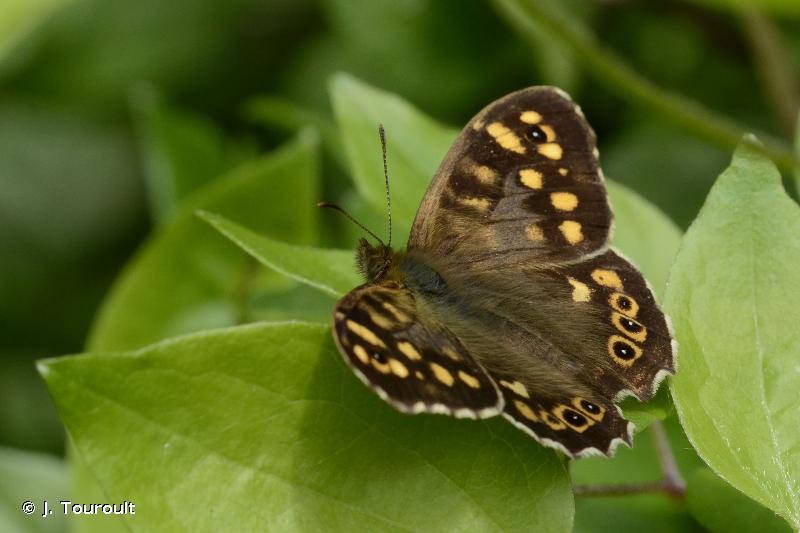
| Author : J. Touroult |
 |
To get the picture, please visit:
Despite the Creative Commons license, please inform the author of the use which will be made of his photo
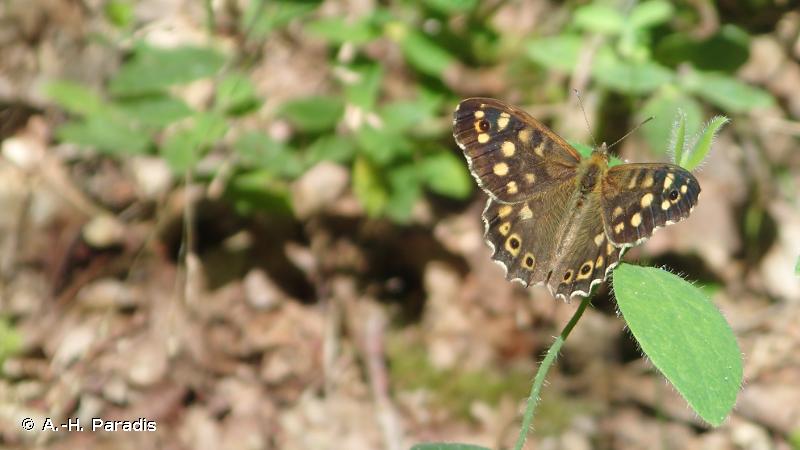
| Author : A.-H. Paradis |
 |
To get the picture, please visit:
Anne-Hélène Paradis
Missouri Botanical Garden, Africa & Madagascar Department
Muséum national d’Histoire naturelle, ISYEB
57 rue Cuvier
CP 39
75005Paris
paradis.ah@gmail.com
Despite the Creative Commons license, please inform the author of the use which will be made of his photo
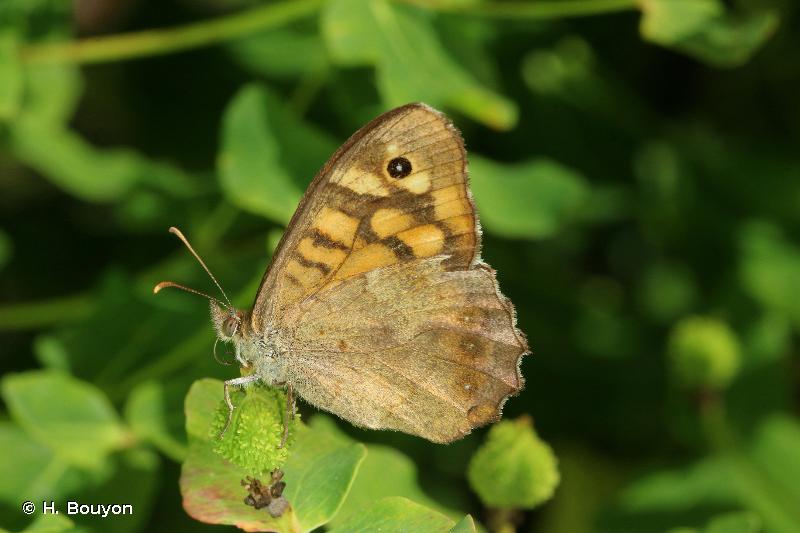
| Author : H. Bouyon |
 |
To get the picture, please visit:
Any reuse of one or more photographs on this site is subject to an authorization request from the author.
Link to the Code of Intellectual Property (Legifrance)
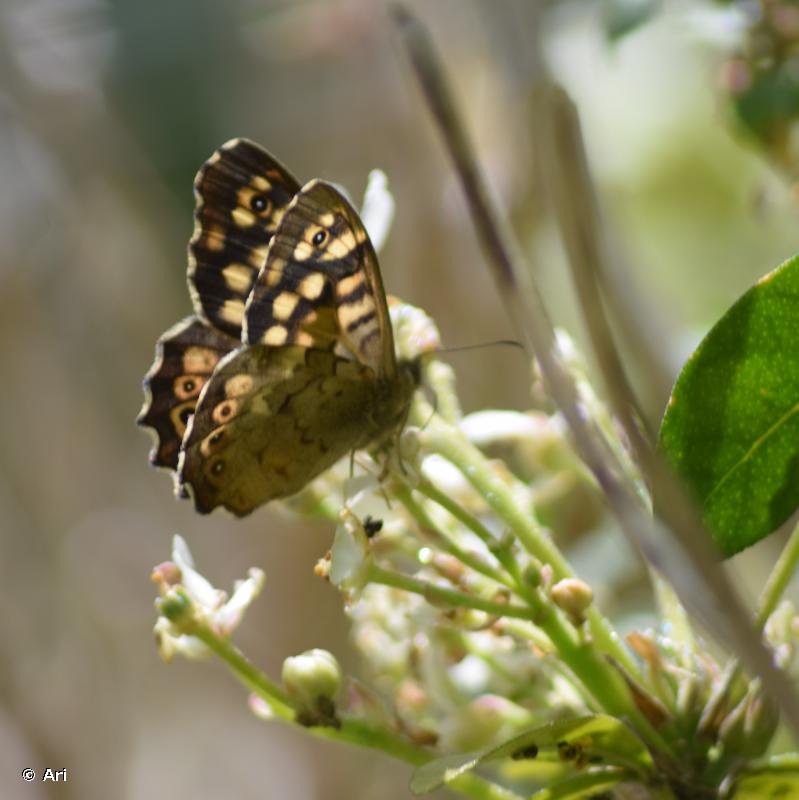
| Author : Ari |
 |
To get the picture, please visit:
Ari
email: inpn@mnhn.fr
Observation partagée via l'application INPN Espèces
Any reuse of one or more photographs on this site is subject to an authorization request from the author.
Link to the Code of Intellectual Property (Legifrance)
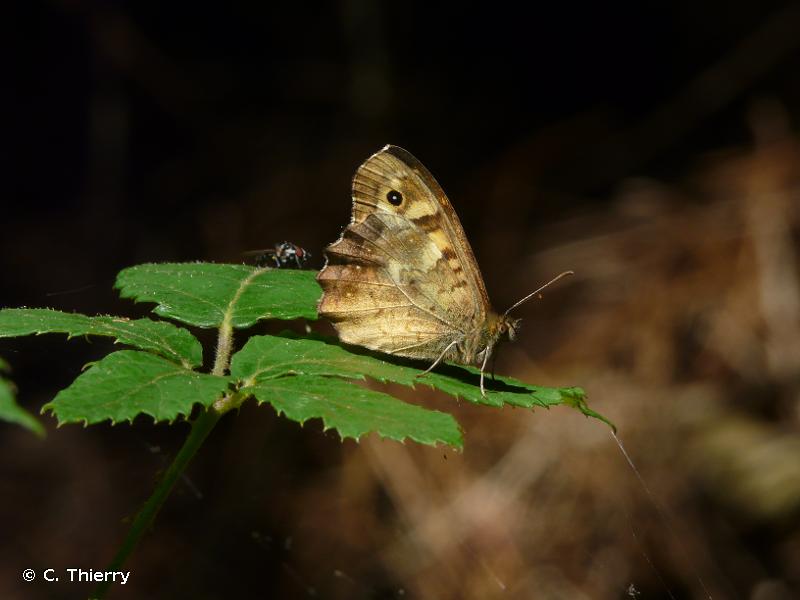
| Author : C. Thierry |
 |
To get the picture, please visit:
Chloé Thierry
cthierry@mnhn.fr
4, avenue du Petit Château
91800 Brunoy
Despite the Creative Commons license, please inform the author of the use which will be made of his photo
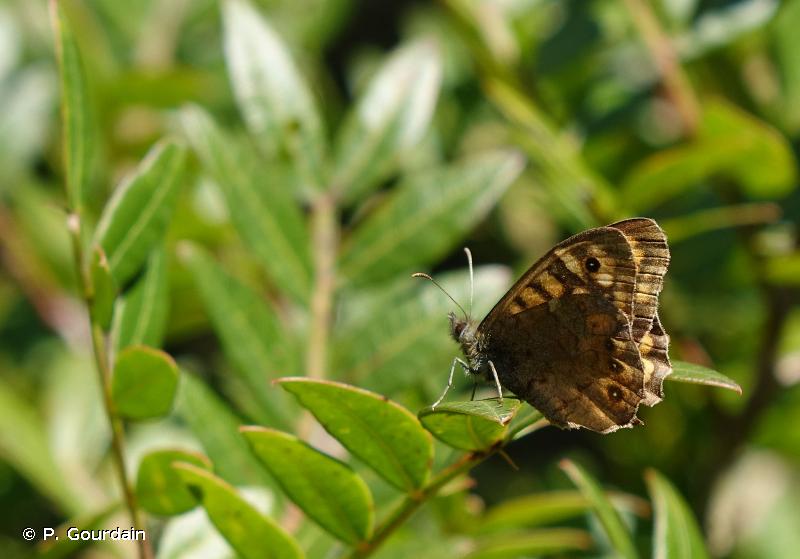
| Author : P. Gourdain |
 |
To get the picture, please visit:
Despite the Creative Commons license, please inform the author of the use which will be made of his photo
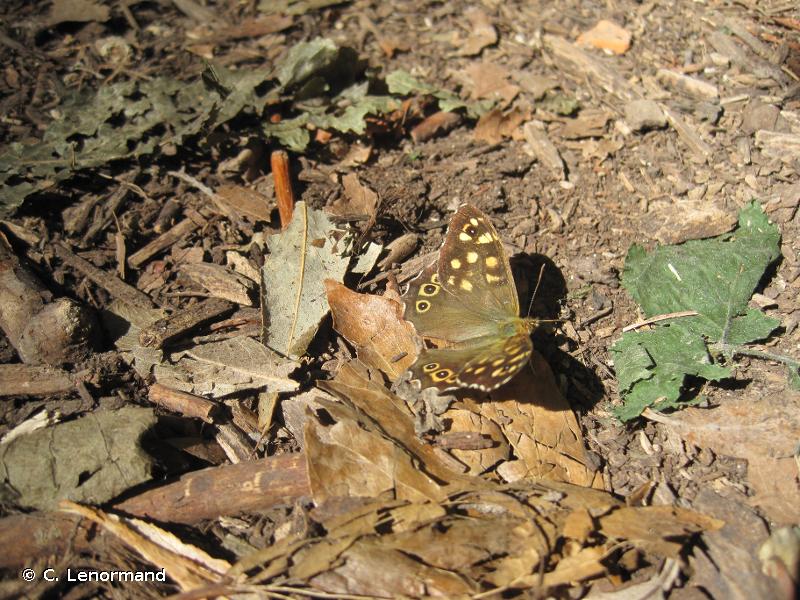
| Author : C. Lenormand |
 |
To get the picture, please visit:
Despite the Creative Commons license, please inform the author of the use which will be made of his photo
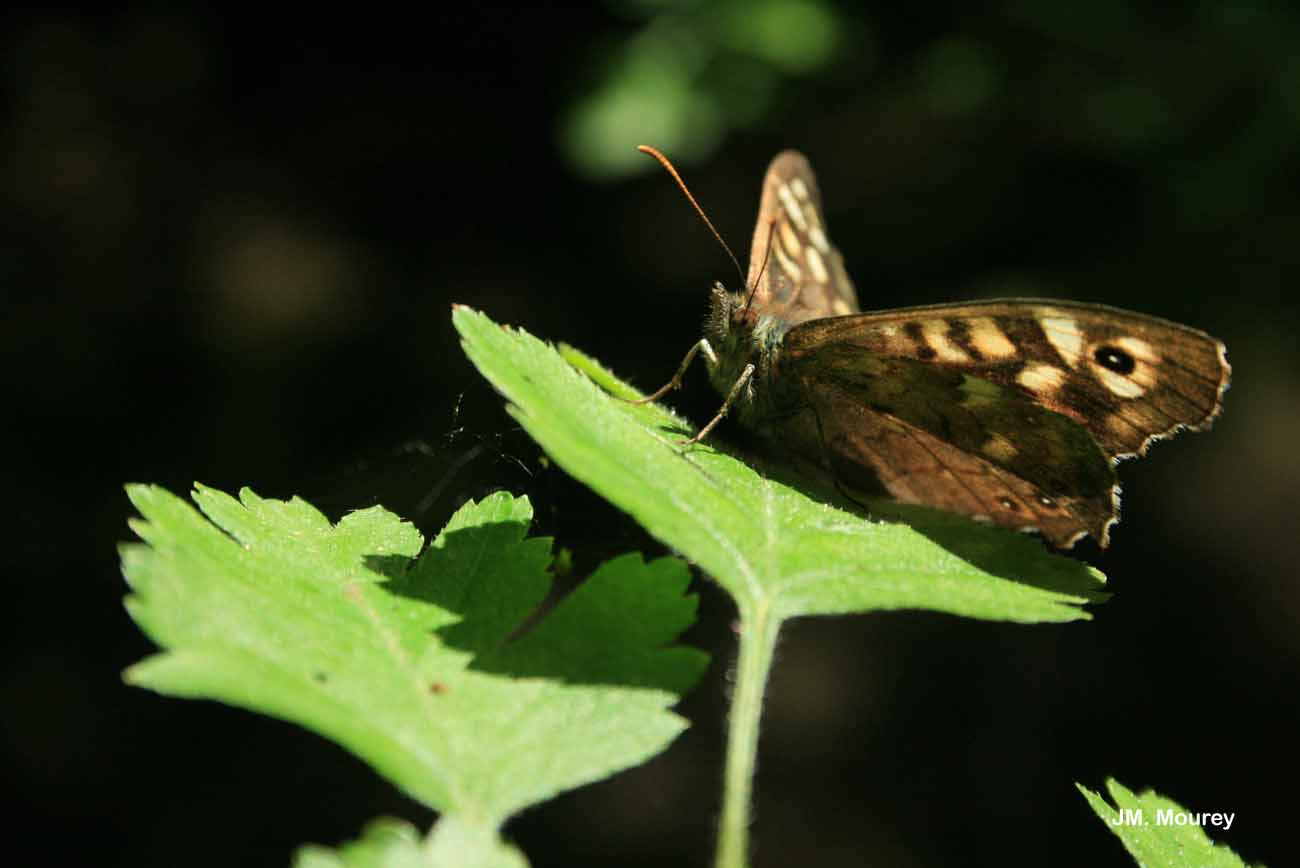
| Author : J.M. Mourey |
 |
To get the picture, please visit:
Jean-Michel MOUREY
Office National des Forêts - Direction de l'Environnement et des Risques Naturels
2 avenue de Saint-Mandé
75 012 PARIS
e-mail : jean-michel.mourey@onf.fr
Legend: Châtonnay
Any reuse of one or more photographs on this site is subject to an authorization request from the author.
Link to the Code of Intellectual Property (Legifrance)
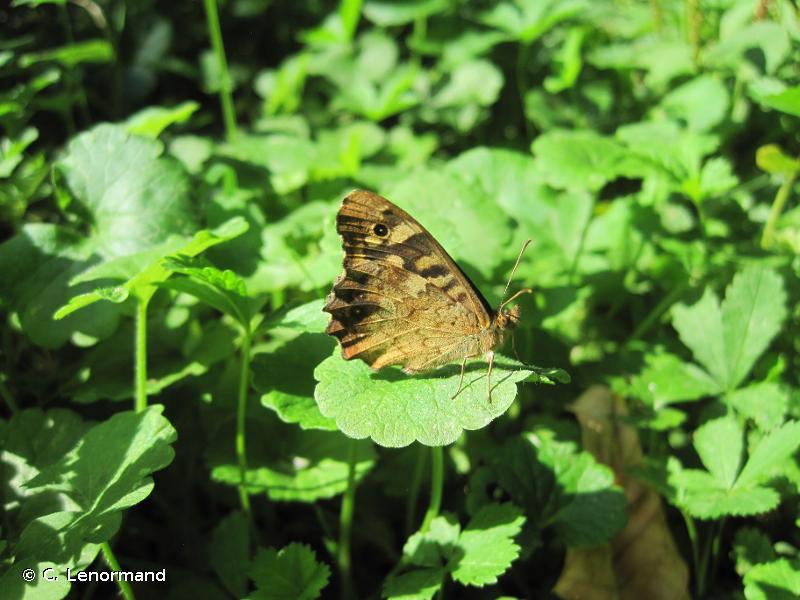
| Author : C. Lenormand |
 |
To get the picture, please visit:
Despite the Creative Commons license, please inform the author of the use which will be made of his photo
Taille/poids :
Longueur de l'aile antérieure : 20-25 mm.
Diagnose :
Le dessus des ailes est brun foncé avec de nombreuses taches jaune-orangé. L'apex de l'aile antérieure possède un ocelle pupillé de blanc. Il y a trois à quatre ocelles pupillés de blanc dans la partie marginale de l'aile postérieure. Le dessous des ailes antérieures est identique au dessus. Le dessous des postérieures est marbré de brun clair avec, dans la partie marginale, un arc d'ocelles brun rougeâtre pupillés de jaune.
Détermination :
L'adulte est simple à reconnaître.
Période d'observation :
Les adultes peuvent être observés de fin février à novembre.
Biologie-éthologie :
L'espèce a plusieurs générations par an. L'espèce hiverne au stade chrysalide ou chenille. Les femelles pondent leurs œufs isolément sur différentes espèces de Poacées dont se nourrissent les chenilles.
Biogéographie et écologie :
L'espèce est présente dans toute l'Europe. Elle est caractéristique des sous-bois. C'est une espèce très commune en milieux forestiers qui se maintient aussi en zone de bocage ou en zone urbanisée dans des jardins arborés ou encore des parcs.
D'après :
Essayan, R., Jugan, D., Mora, F. & Ruffoni, A. 2013. Atlas des papillons de jour de Bourgogne et de Franche-Comté (Rhopalocères et Zygènes). Revue Scientifique Bourgogne-Nature, Hors-Série (13) : 1-494.
P. Dupont(UMS 2006 Patrimoine Naturel (AFB / CNRS / MNHN)), 2016
Continental
Metropolitan France
Overseas
Marine
Metropolitan France
Overseas
